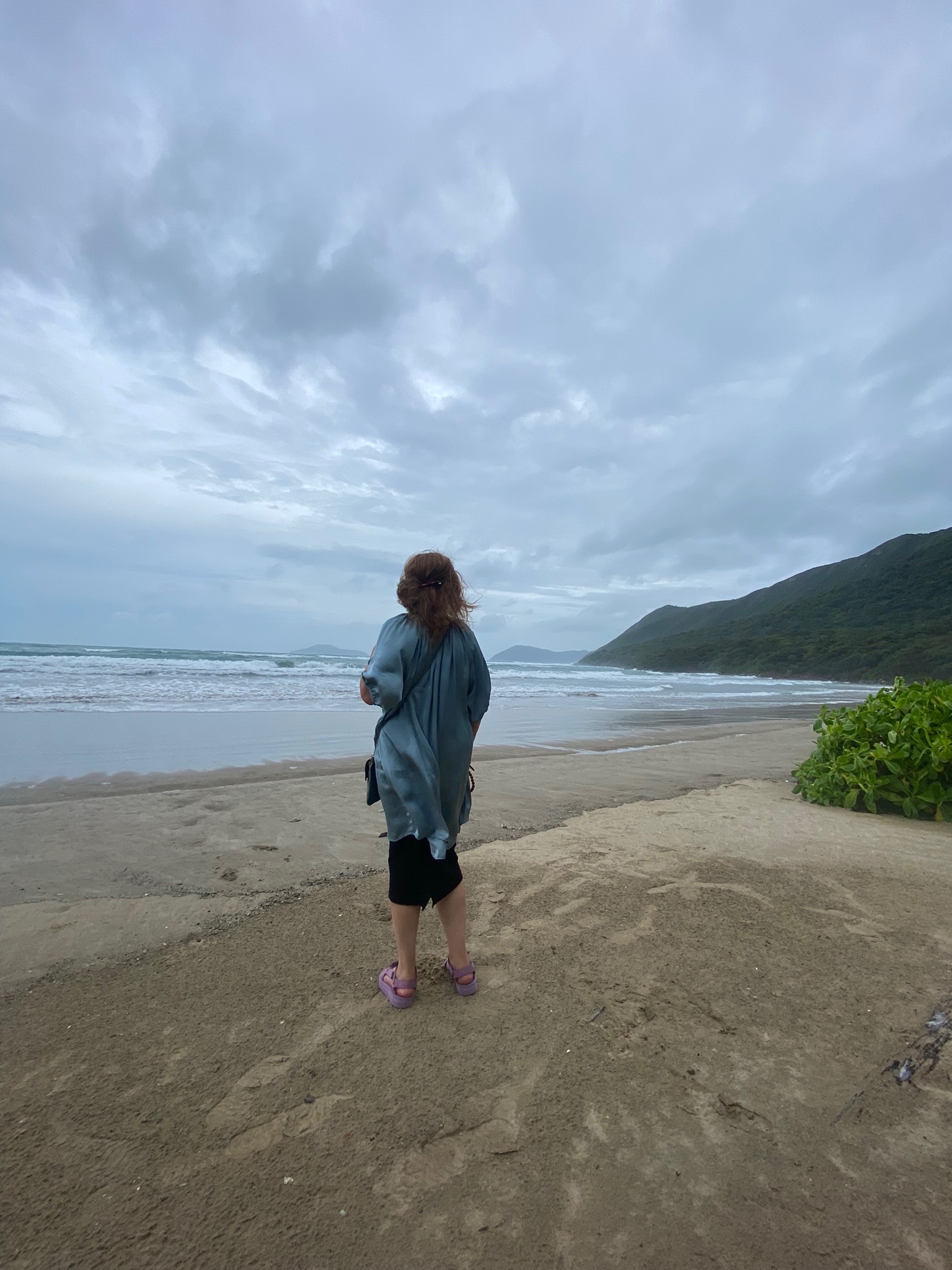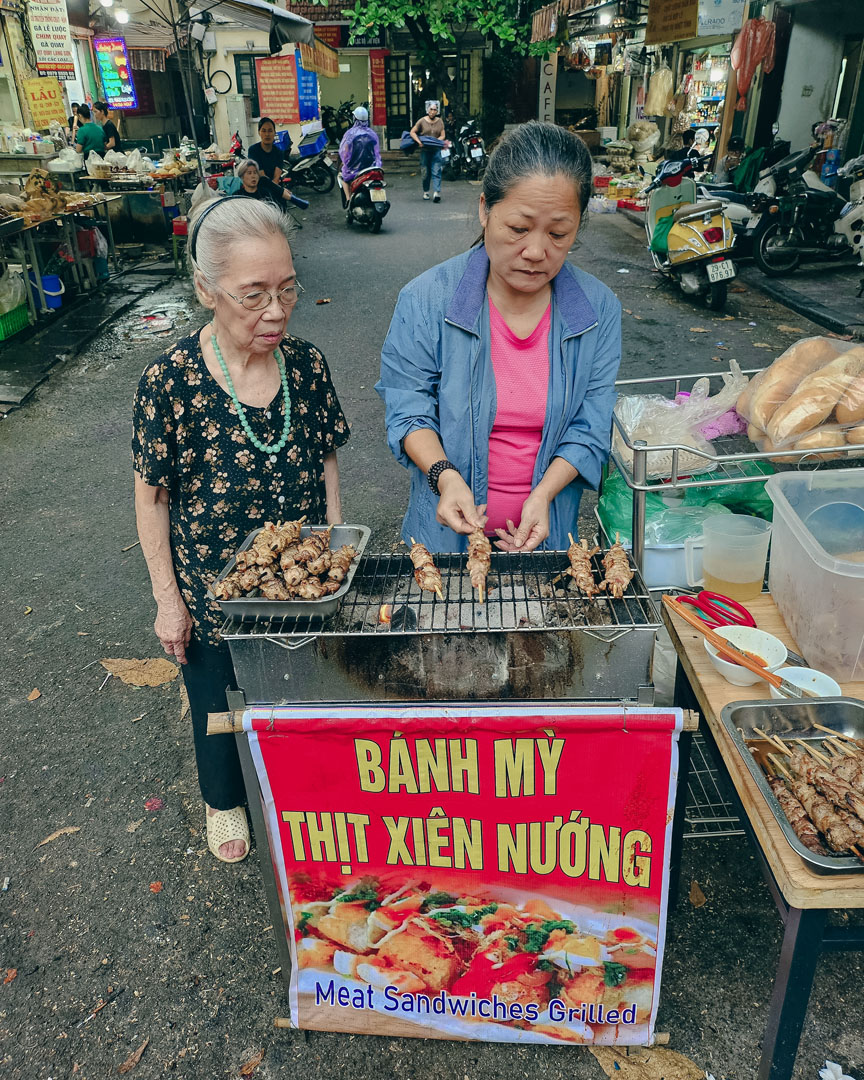New national park for Cambodia

It’s not often that you hear good news from the world of conservation, but environmentalists had cause to rejoice this May as the Cambodian government announced the creation of a brand new protected area: the Southern Cardamom National Park.
But what exactly does this mean for this forested region, an acknowledged biodiversity hotspot? Well, not much will change – but that’s exactly the point. The Cardamom Mountains have remained safe from industrial development, mining and logging up to this point only by the grace of organisations such as the Rainforest Trust, Wildlife Alliance, and their locally based partners. Their combined efforts have funded ranger patrols in the region and fended off a reported 36 attempts to convert the region into large-scale industrial plantations since 2004, ensuring the survival of the second-largest contiguous rainforest in Southeast Asia.
The new national park designation, which was announced on the 9th of May, will protect over one million acres of land from any such threats in the future. Importantly, it will also join together six existing national parks to create one vast, 4.5 million acre protected area – a critical wildlife corridor and one of the last remaining habitats for wild Asian elephants, Indochinese tigers, clouded leopards, Asiatic black bears, Malayan sun bears, humpback dolphins, Irrawaddy dolphins, Siamese crocodiles and many more.

In fact, it’s thought that the Cardamom Mountains are home to thousands upon thousands of as yet undiscovered species of flora and fauna – species that might have disappeared unheeded if planned regional development had been allowed to go ahead. 27 of the region’s known species are currently at risk of extinction already.
The remote Cardamom Mountains were one of the last refuges of the retreating Khmer Rouge regime in the second half of the twentieth century, and until the mid-1990s the region was a war-torn no-go area. The local people lost their livelihoods and resorted to poaching and slash-and-burn agriculture to survive. This, too, has been ameliorated by the Wildlife Allowance, which has worked alongside the Cambodian government to clear land mines and provide alternative means of income for local communities.

Credit: Rainforest Trust
For the time being, tourism to the Cardamoms remains low – ignored by the hordes of tourists that flock to Siem Reap – but it’s unlikely this this beautiful and mysterious region will be hidden for long. Thankfully, its new protected status means any development is sure to be responsible, preserving the beauty of the national park for generations of visitors to come.
Read more about the new Southern Cardamom National Park from the Rainforest Trust and Wildlife Alliance. Head to Koh Kong on the 'Grand Cambodia' itinerary and ask our experts about trekking and wildlife experiences in the national park area.



